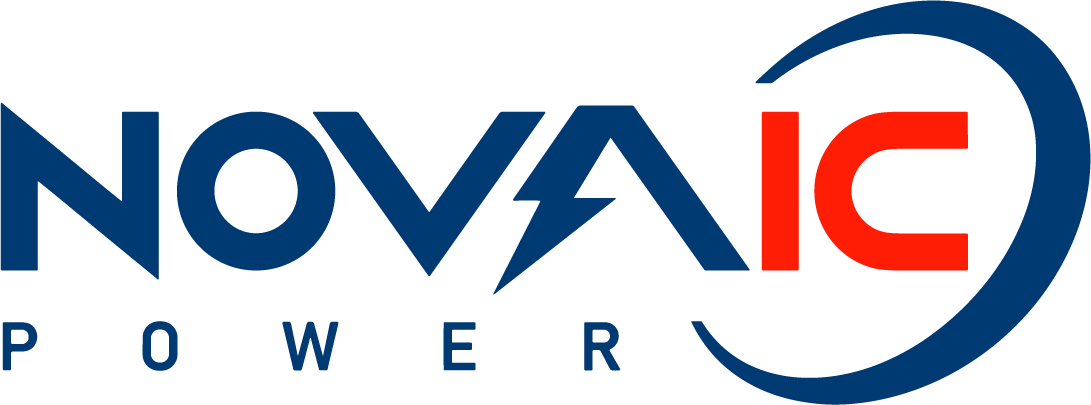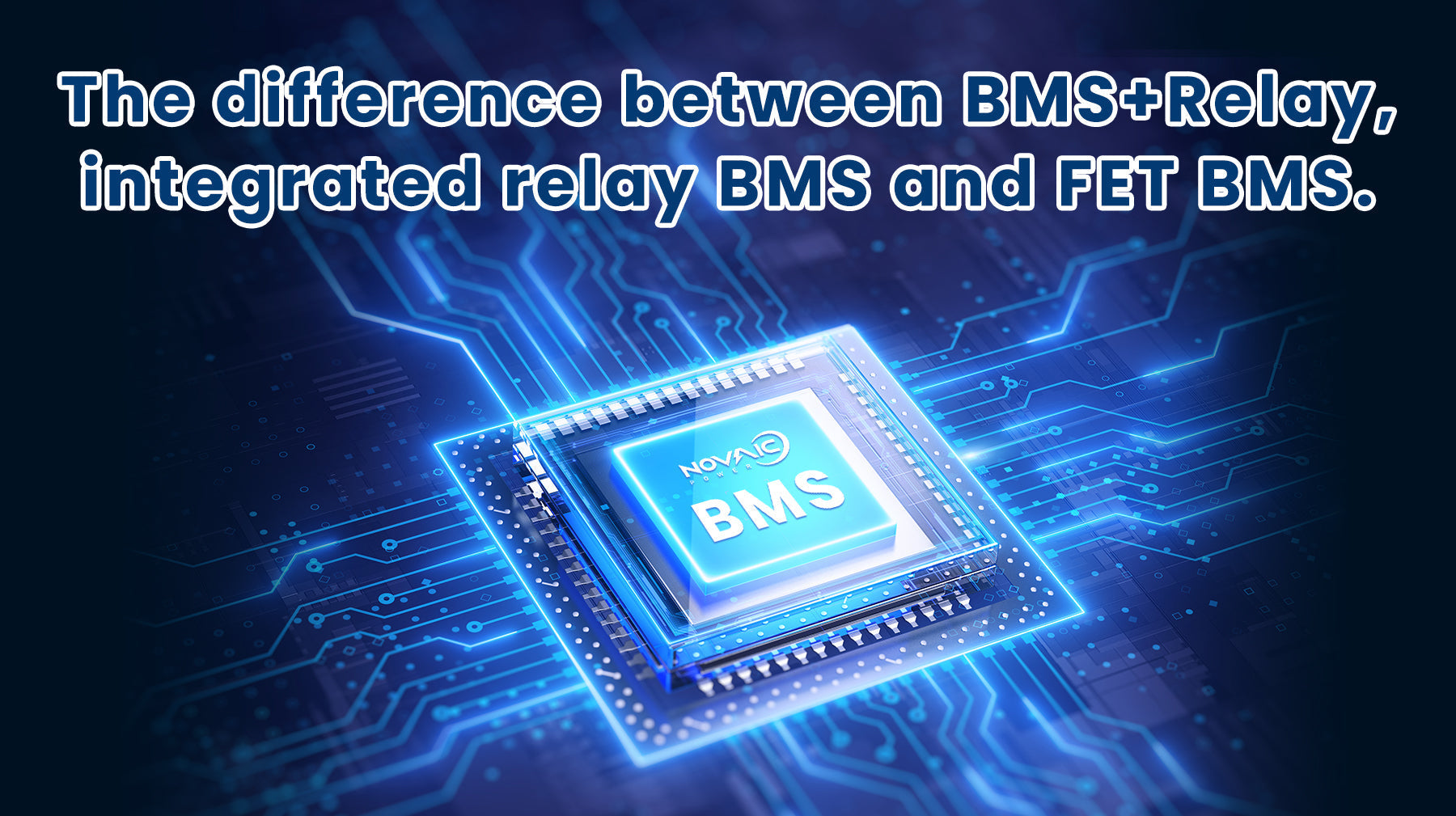Why Relay-Based Systems Outperform MOSFETs in High-Rate Discharge Battery Packs
As the demand for high-power battery applications continues to grow — from industrial machinery to energy storage systems and electric vehicles — the design of the battery protection and switching architecture becomes increasingly critical. One of the key decisions lies in the choice between a MOSFET-based or relay-based system.
While MOSFETs are commonly used in low- to moderate-power systems due to their compact size and fast switching, relay-based designs prove to be the more reliable and robust choice for high-rate discharge battery packs.
Here's why:
① Higher Current Handling Capability
MOSFETs, especially when used in parallel to increase current capacity, still face limitations in managing very high discharge currents. In contrast, automotive-grade relays are specifically designed to switch and carry hundreds of amps reliably — making them ideal for battery packs that demand burst or sustained high discharge rates, such as those in power tools, drones, or backup systems.
✅ Real-world example: A relay rated for 300A continuous current can switch the entire load without requiring complex thermal management.
② Superior Isolation and Safety
Relays offer true galvanic isolation, fully separating the battery circuit when in the open state. This reduces the risk of leakage current or unintended power flow, which can happen with MOSFETs due to their inherent body diode behavior or gate failure.
⚠️For safety-critical applications, especially those requiring complete disconnection in failure modes, relays offer fail-safe switching that MOSFETs can't always guarantee.
③ Simplified Thermal Design
High-current MOSFETs generate significant heat and require complex heat sinking or thermal pads. Relay-based systems, on the other hand, operate with much lower continuous thermal loads under the same current — reducing system complexity and improving reliability over time.
♨️Less heat = less thermal stress on surrounding components = longer system lifespan
④ Proven in Automotive and Industrial Applications
Relays are widely adopted in automotive EV battery systems, particularly in main contactors, due to their high surge tolerance, reliability under vibration, and resistance to thermal runaway. These are the same conditions faced in high-rate discharge applications, making relay solutions a natural fit.
⑤ Cost-Effective for High Power
Scaling a MOSFET-based solution to handle 200A+ continuous currents often requires multiple parallel MOSFETs, complex gate drive circuitry, and active cooling — all of which increase cost and complexity. A single relay or contactor can often achieve the same with lower BOM and integration effort.
When Is a Relay-Based Design the Right Choice?
If your battery pack:
- Discharges at >100A continuously or in pulses
- Needs robust isolation and safety switching
- Is deployed in harsh environments (shock, vibration, cold starts)
- Must comply with automotive or industrial safety standards
Then a relay-based protection and switching design is not just an option — it’s the smart choice.
Final Thoughts
While MOSFETs remain excellent for compact, lower-power systems, relay-based designs are the go-to solution for high-power, high-reliability battery applications. At Novatic, we use relay-based architectures in our high-discharge packs to ensure safe isolation, current stability, and long-term durability in demanding environments.
If you're building for power, safety, and performance — go with relays.









Share:
How Fuse + Dual Relay Defines New Standard for Golf Cart Battery Safety
Why Cell Balancing is Crucial for Battery Performance and Longevity